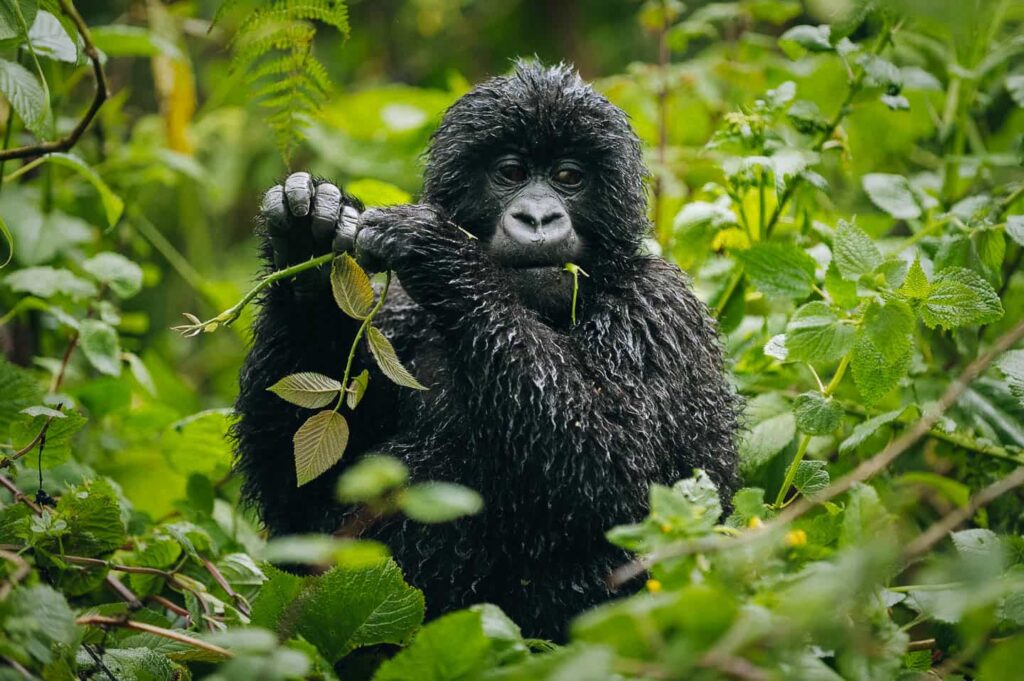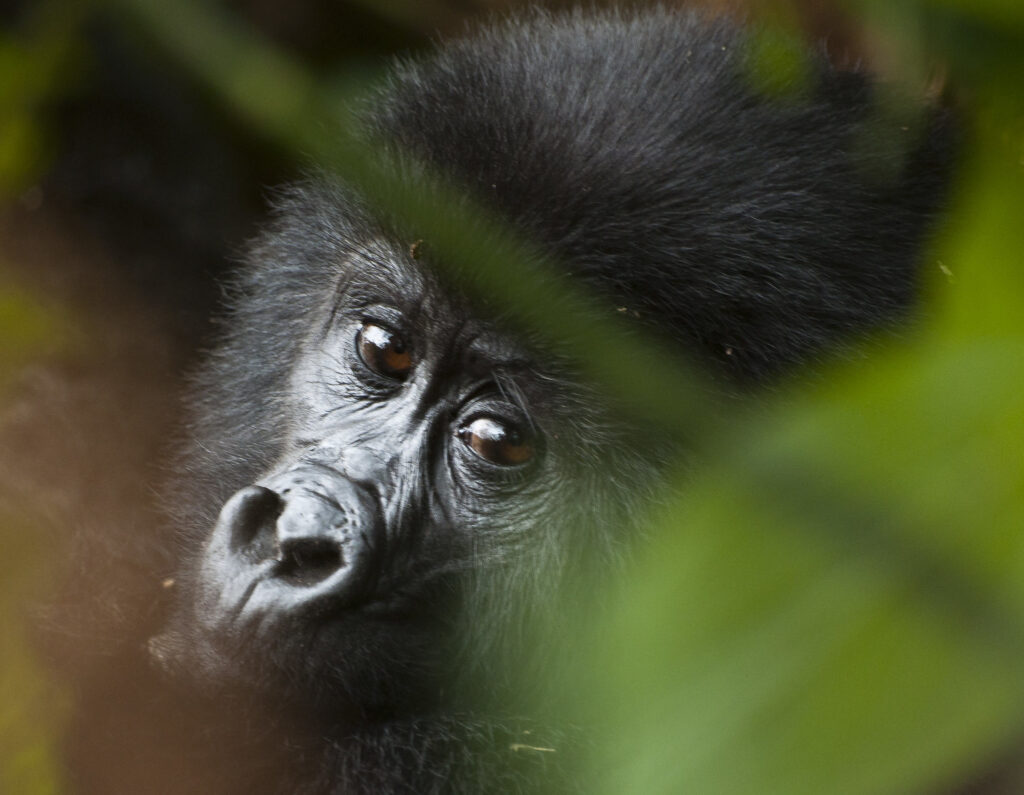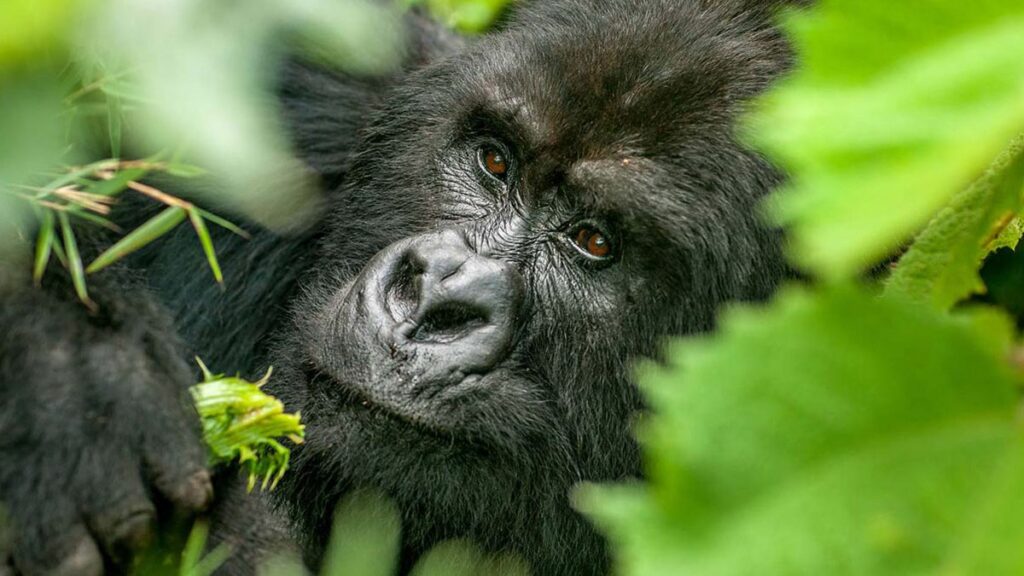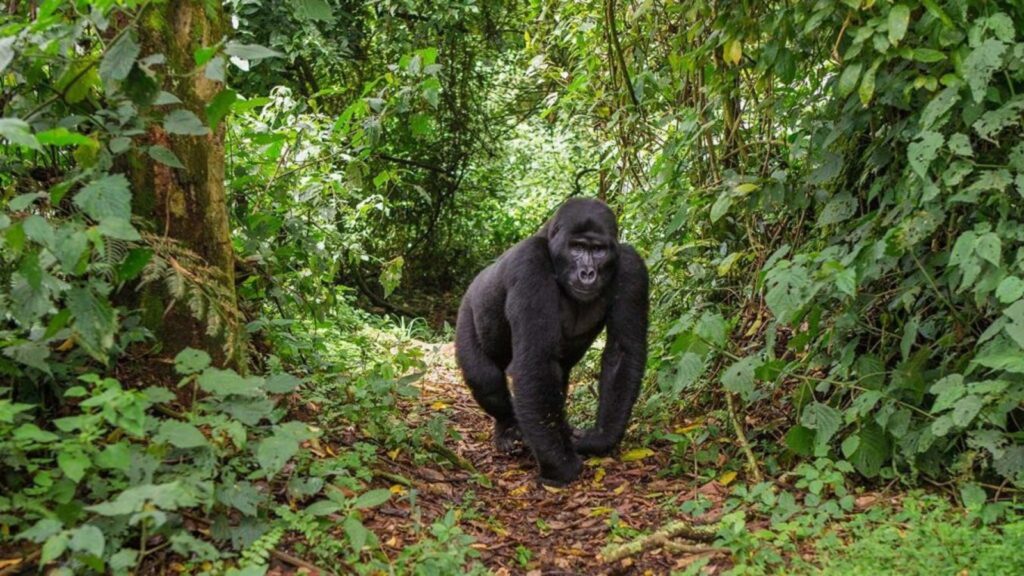How to Plan Your Gorilla Trekking Trip Around the Climate
Gorilla trekking in Bwindi and Volcanoes requires careful planning. The weather affects trail conditions, wildlife activity, and your comfort. Rainy seasons make trails slippery, while dry months offer easier trekking and clearer views. Planning your trip around the climate ensures a safer and more enjoyable experience. It also allows you to coordinate lodging, permits, and community visits effectively.

Understand the Seasons
Uganda and Rwanda have two main rainy seasons: March–May and September–November. Heavy rains make trails muddy and more physically challenging. Dry seasons—June–August and December–February—offer stable trails and better wildlife sightings. Consider your fitness level and trekking preference when choosing your season. Dry months are ideal for first-time trekkers or those seeking easier access.
Coordinate Lodging
Book lodges or camps near park entrances in advance. During peak seasons, lodges fill quickly. Staying close reduces travel time and allows early starts for trekking. Some lodges also provide eco-friendly services, supporting local communities. Choosing a lodge that aligns with your values helps the environment and boosts sustainable tourism.
Plan for Permits
Gorilla permits sell out quickly, especially in dry seasons. Book at least three to six months in advance to secure your preferred date. Early booking also ensures your group or private trek fits with lodge availability. Always use official sources or reputable tour operators for permit purchases.
Consider Local Events and Community Activities
Some villages hold cultural ceremonies or markets at certain times of the year. Visiting during these periods adds a rich cultural dimension to your trek. Participating in community initiatives, such as tree planting or local workshops, helps you give back while learning about local life. Align your trek with these events for a meaningful experience.
Pack Accordingly
Weather dictates what you carry. Rainy months require waterproof jackets, gaiters, and quick-drying clothing. Dry seasons allow lighter layers but still prepare for cool mornings and evenings. Proper packing improves comfort and safety, letting you enjoy every moment with the gorillas.
Best For
Travelers who want to combine comfort, safety, and optimal wildlife experiences. Ideal for anyone seeking both adventure and cultural immersion while supporting local communities.
Tip
Check long-term weather forecasts before booking. Combine this with lodge and permit availability to choose the best trekking period.
Idea
Plan your trek to include a mix of wildlife observation, cultural experiences, and community engagement. This ensures your trip benefits both you and the local environment.
Plan Your Tour
Planning around the climate makes gorilla trekking safer, easier, and more enjoyable. Align your trek with dry seasons for smoother trails or rainy months for fewer crowds. Book lodges, permits, and community activities in advance. Support local initiatives and eco-friendly accommodations. By considering the climate, you maximize your gorilla sightings, cultural experiences, and positive impact on communities.




